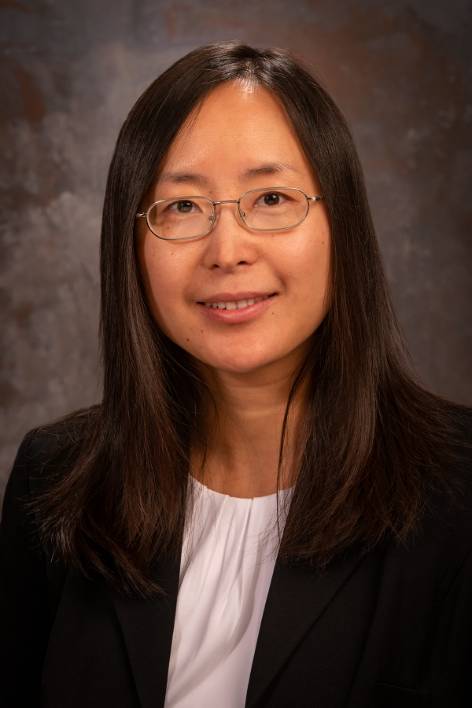Dr. Ye Zhang
Professor
Subsurface Hydrology

Education
Hydrogeology, PhD, Indiana University, 2005
Hydrogeology, MS, University of Minnesota, 2004
Hydrogeology, BS, Nanjing University (PR China), 1998
Professor
Subsurface Hydrology

Hydrogeology, PhD, Indiana University, 2005
Hydrogeology, MS, University of Minnesota, 2004
Hydrogeology, BS, Nanjing University (PR China), 1998